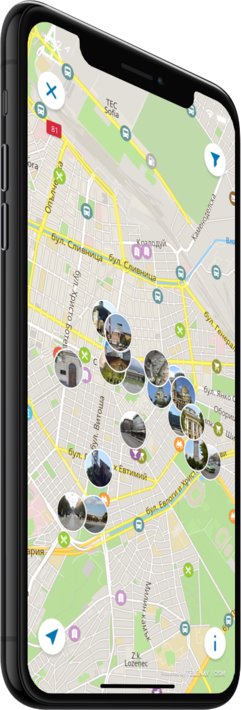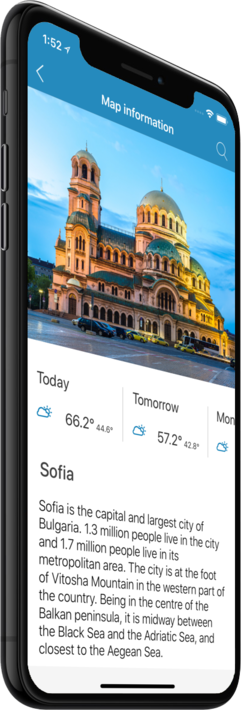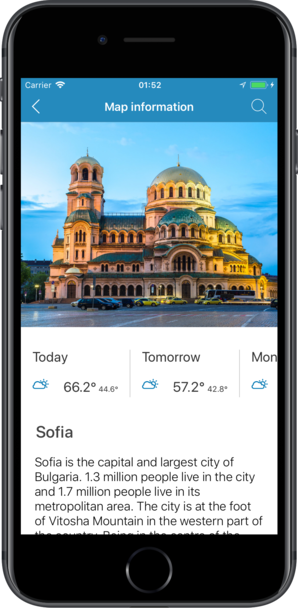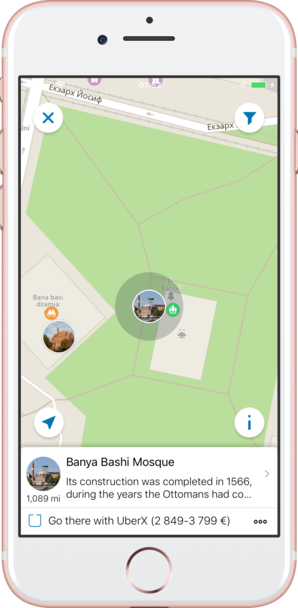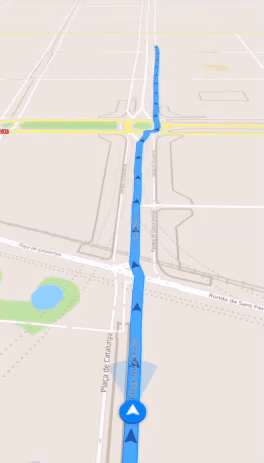Features
Turn your trip into an exciting and unforgettable experience
with the Sofia offline mobile map!
TOP DESTINATIONS
Our offline map offers you information about 29 top destinations, featuring high-quality descriptions, photos, and reviews written by real travelers.
HIGH-QUALITY CONTENT
Every location we feature comes with a description, a photo, and reviews written by real people.
SAVE ON MOBILE DATA!
All of the app’s features work offline! Simply download our completely autonomous map before your trip, and save mobile traffic!
FIND TOP DESTINATIONS NEARBY!
In addition to our featured locations, you will find tens of thousands of other useful places in our guide (hotels, restaurants, teller machines, public transport stops, points of interest, etc.)
OFFLINE NAVIGATION
Plan the best driving, walking, or biking route offline! Save your locations, so you can always easily find your way back and never get lost.
WEATHER FORECAST AND CURRENCY CONVERSION!
Latest weather forecast and a handy conversion rate calculator for 200+ different currencies!
Top places of interest
Here is a list of just a few of the places of interest that you can find on our offline map.
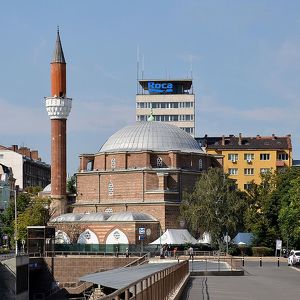
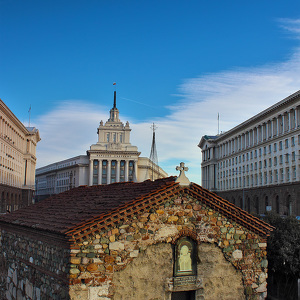
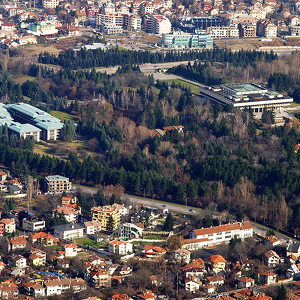
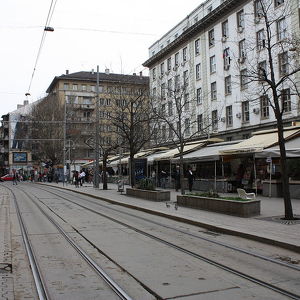
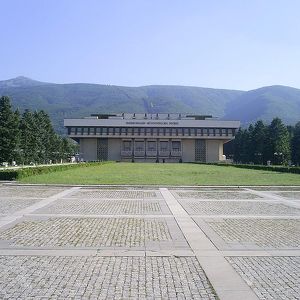
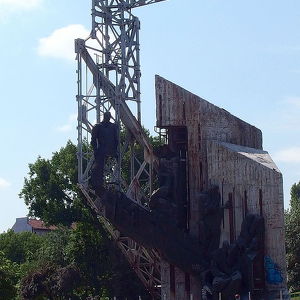
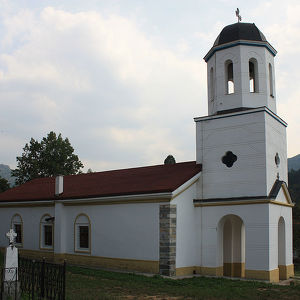
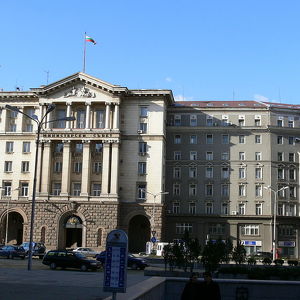
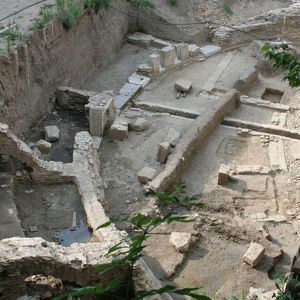
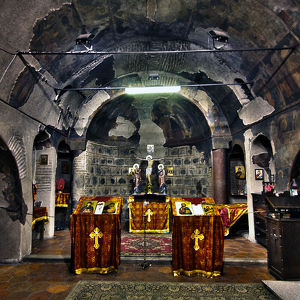
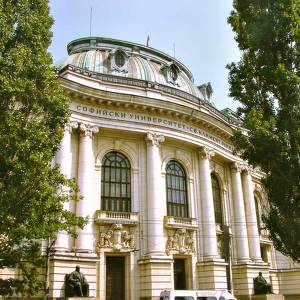
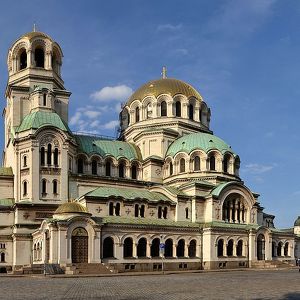
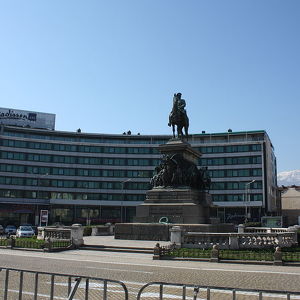
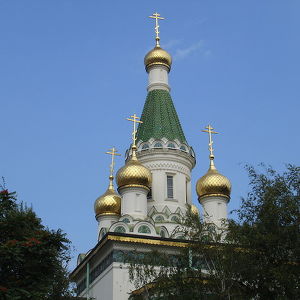
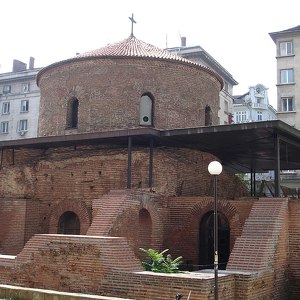
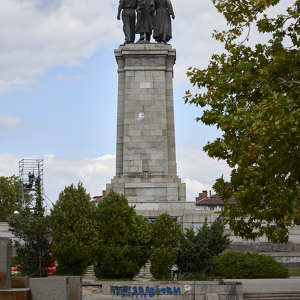
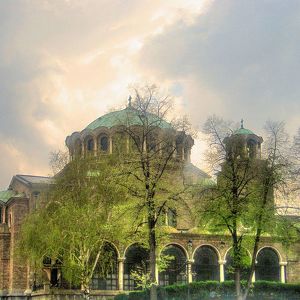
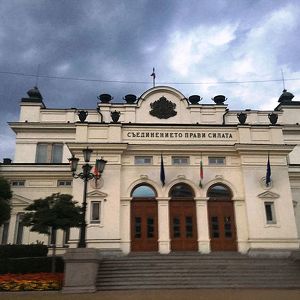
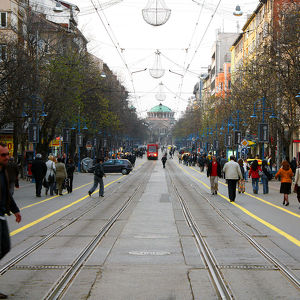

Banya Bashi Mosque
Its construction was completed in 1566, during the years the Ottomans had control of the city. The mosque derives its name from the phrase Banya Bashi, which means many baths. The most outstanding feature of the mosque is that it was actually built ove...
Church of St Petka of the Saddlers
The Church of St Petka of the Saddlers is a medieval Bulgarian Orthodox church in Sofia, the capital of Bulgaria. It is a small one-naved building partially dug into the ground located in the very centre of both the modern and the antique city, in t...
Residence of the President of Bulgaria
Residence of the President of Bulgaria
Slaveykov Square
Slaveykov Square is one of the most popular squares in Sofia, the capital of Bulgaria. It is named after Bulgarian writers Petko and Pencho Slaveykov, a father and a son. A sculpture of the two sitting on a bench is one of its main landmarks. Slaveykov...
National Historical Museum
The National Historical Museum in Sofia is Bulgaria's largest museum. It was founded on 5 May 1973. A new representative exhibition was opened in the building of the Court of Justice on 2 March 1984, to commemorate the 13th centenary of the Bulgarian s...
Monument "1300 anniversary of Bulgaria" in Sofia
Monument "1300 anniversary of Bulgaria" in Sofia
Church of St. Cyril and Methodius
Church of St. Cyril and Methodius
Government of Bulgaria
The Council of Ministers is the main authority of the executive power in the Republic of Bulgaria. It consists of the Prime Minister of Bulgaria and all the specialized ministers. After the compositions of the Council of Ministers is decided by the ...
Amphitheatre of Serdica
The Amphitheatre of Serdica was an amphitheatre in the Ancient Roman city of Ulpia Serdica, now Sofia, the capital of Bulgaria. Discovered in 2004 and the subject of excavations in 2005 and 2006, the ruins of the amphitheatre lie on two adjacent sites ...
Church of St Petka of the Saddlers
The Church of St Petka of the Saddlers is a medieval Bulgarian Orthodox church in Sofia, the capital of Bulgaria. It is a small one-naved building partially dug into the ground located in the very centre of both the modern and the antique city, in t...
Sofia University
The University of Sofia "St. Kliment Ohridski" is the oldest higher education institution in Bulgaria. Founded on 1 October 1888, the edifice of the university was constructed between 1924 and 1934 with the financial support of the brothers Evlogi G...
Alexander Nevsky Cathedral
The St. Alexander Nevsky Cathedral is a Bulgarian Orthodox cathedral in Sofia, the capital of Bulgaria. Built in Neo-Byzantine style, it serves as the cathedral church of the Patriarch of Bulgaria and it is one of the largest Eastern Orthodox cathedral...
Monument to the Tsar Liberator
The Monument to the Tsar Liberator is an equestrian monument in the centre of Sofia, the capital of Bulgaria. It was erected in honour of Russian Emperor Alexander II who liberated Bulgaria from Ottoman rule during the Russo-Turkish War of 1877-78. ...
Russian Church
The church was built on the site of the Saray Mosque, which was destroyed in 1882, after the liberation of Bulgaria by Russia from the Ottoman Empire. It was built as the official church of the Russian Embassy, which was located next door, and of the R...
Church of St. George
The Church of St George is an Early Christian red brick rotunda that is considered the oldest building in Sofia, the capital of Bulgaria. It is situated behind the Sheraton Hotel, amid remains of the ancient town of Serdica. Built by the Romans in t...
Monument to the Soviet Army
The Monument to the Soviet Army is a monument located in Sofia, the capital of Bulgaria. There is a large park around the statue and the surrounding areas. It is a popular place where many young people gather. The monument is located on Tsar Osvobodite...
St Nedelya Church
St. Nedelya Church is an Eastern Orthodox church in Sofia, the capital of Bulgaria, a cathedral of the Sofia bishopric of the Bulgarian Patriarchate. Sveta Nedelya is a medieval church that has suffered destruction through the ages and has been reconst...
National Assembly
The National Assembly is the unicameral parliament and body of the legislative of Bulgaria. The National Assembly was established in 1879 with the Tarnovo Constitution. The National Assembly consists of 240 members elected for a four-year term elected ...
Vitosha
Vitosha, the ancient Scomius or Scombrus, is a mountain massif, on the outskirts of Sofia, the capital of Bulgaria. Vitosha is one of the symbols of Sofia and the closest site for hiking, alpinism and skiing. Convenient bus lines and rope ways render t...
Monument to the Unknown Soldier
The Monument to the Unknown Soldier is a monument in the centre of Sofia, the capital of Bulgaria, located just next to the 6th-century Church of St Sophia, on 2 Paris Street. The monument commemorates the hundreds of thousands of Bulgarian soldiers wh...
Counter

29
TOP DESTINATIONS

241
PLACES OF INTEREST

1470
HOTELS

1480
CAFES AND RESTAURANTS
Contact us
You can get in touch with us by filling out this form
 |
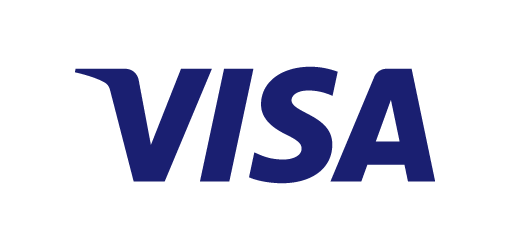 |
 |

